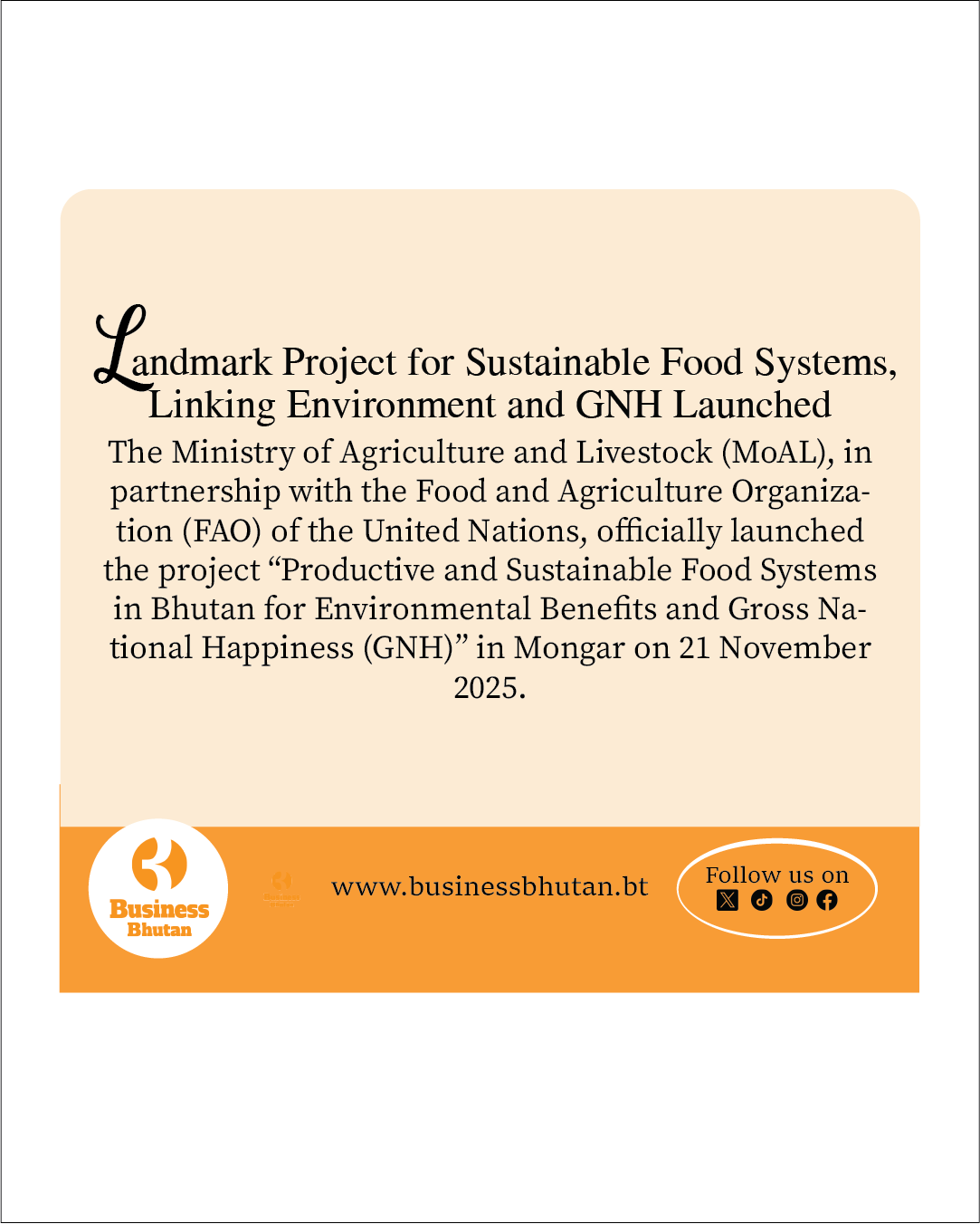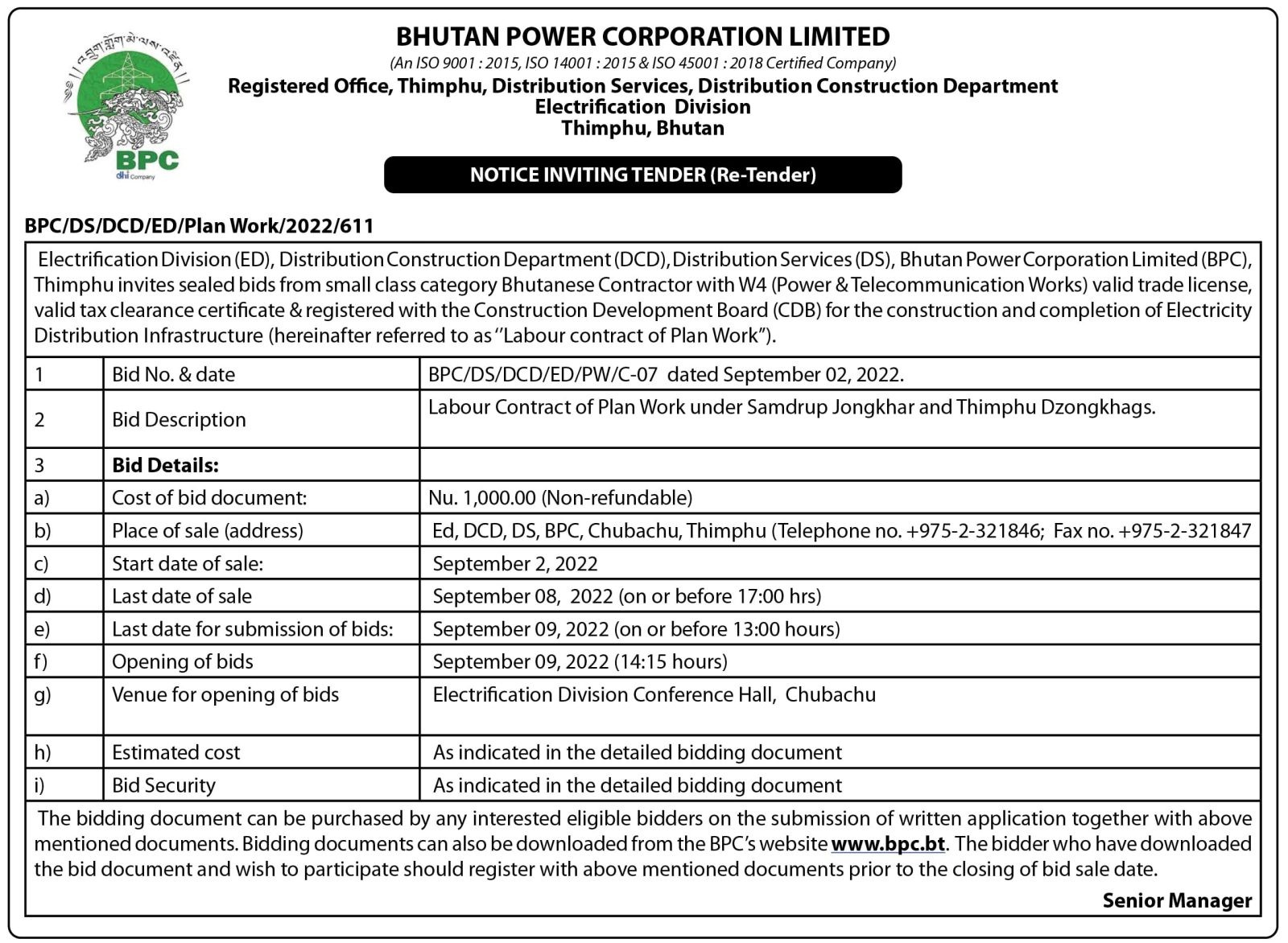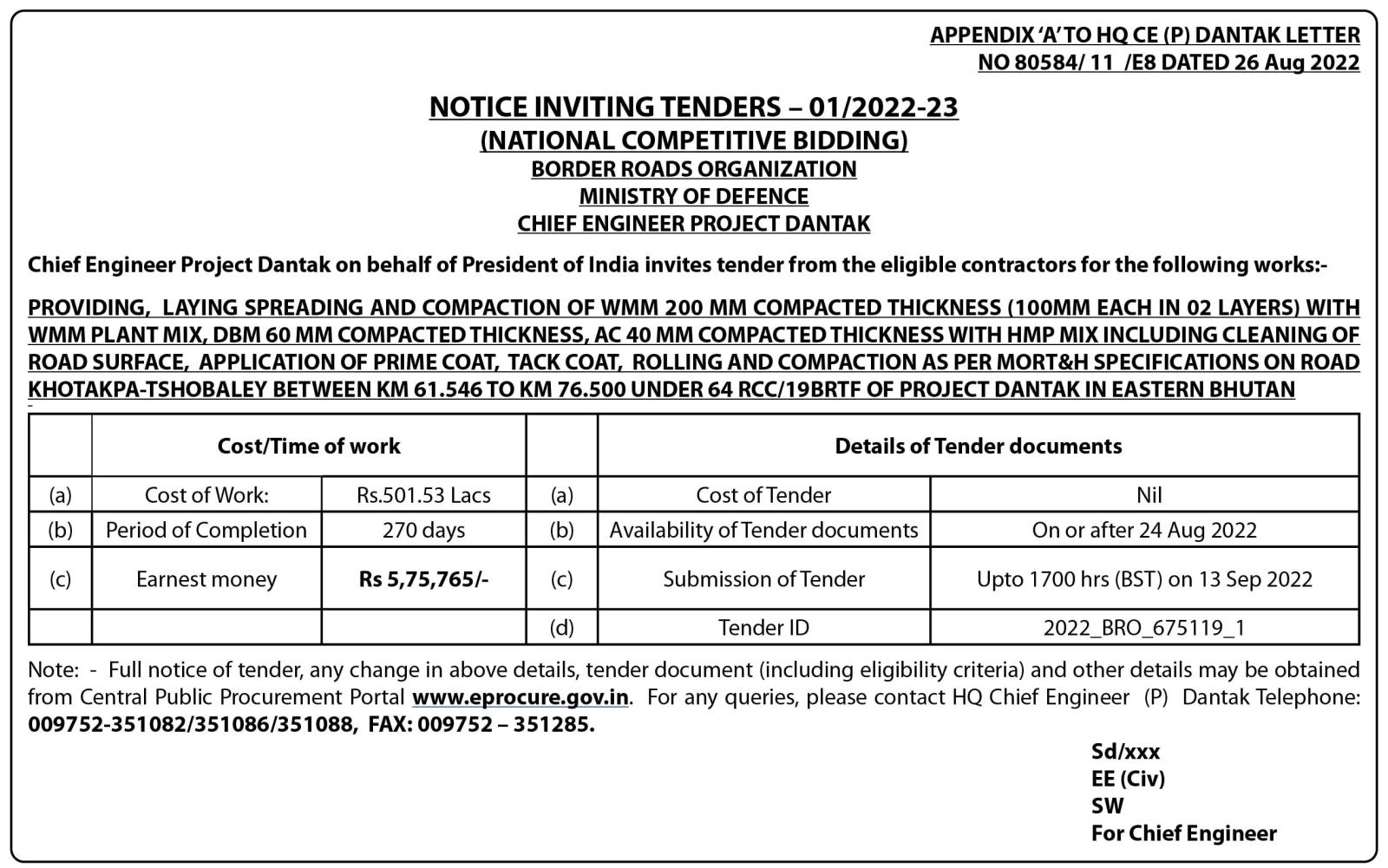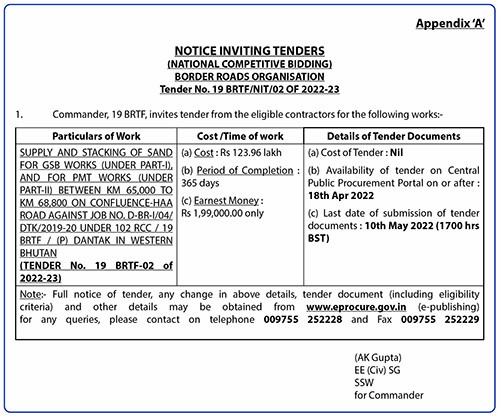The latest Consumer Price Index (CPI) data, released by the National Statistics Bureau (NSB), reveals a significant and noteworthy increase in the national inflation rate for May 2025. This rise reflects ongoing and persistent upward pressure on consumer prices across a wide range of essential expenditure categories, signaling inflationary trends that are impacting households and businesses alike.
The data highlights that price increases are not isolated but rather broadly distributed, affecting both staple goods and discretionary items, thereby influencing overall cost of living and purchasing power. This inflationary momentum points to underlying economic factors such as supply chain disruptions, fluctuating global commodity prices, seasonal agricultural variances, and evolving consumer demand patterns.
As a result, the May CPI figures serve as an important indicator of the prevailing economic conditions, emphasizing the need for policymakers, industry stakeholders, and consumers to remain vigilant in monitoring price movements and preparing for potential adjustments in economic and fiscal strategies moving forward.
According to the NSB, headline inflation for May stood at 3.84%, marking a significant uptick compared to the same period last year, when inflation was recorded at 2.34%. The average inflation for the first five months of 2025 now stands at 3.27%, underscoring a clear upward trend in the overall cost of living.
The CPI report attributes this sustained increase in overall inflation primarily to rising prices across both food and non-food categories, with food inflation clearly standing out as the principal driver of this upward trend. The significant rise in food costs, driven by higher prices for essential staples, non-alcoholic beverages, and select discretionary items like alcoholic drinks and betel nuts , has placed additional pressure on household budgets nationwide.
Meanwhile, non-food inflation, though more moderate by comparison, has also contributed to the overall increase, with notable upward movements in categories such as clothing and footwear, communication services, and housing-related expenses. These broad-based price gains highlight that inflationary pressures are not confined to a single sector but reflect a combination of factors, including supply chain constraints, seasonal shifts in production, global market volatility, and evolving domestic demand patterns.
Taken together, these trends underline the multifaceted nature of Bhutan’s current inflation dynamics and reinforce the need for close monitoring and coordinated policy responses to manage the impact on households and the broader economy.
Food Inflation: The Principal Contributor
The data highlights that food prices rose substantially in May, with food inflation recorded at 6.42% year-on-year. The Food and Non-Alcoholic Beverages sub-index saw a significant increase of 6.75%, reflecting higher costs for essential household staples. Factors contributing to this include supply chain disruptions, seasonal agricultural challenges, and increased consumer demand.
In addition, prices for Alcoholic Beverages and Betel Nuts increased by 2.54%, adding further upward pressure on overall food costs. The sharp rise in food prices directly impacts household budgets and may influence broader consumer spending patterns in the coming months.
Non-Food Inflation: Mixed Trends Across Categories
In contrast, non-food inflation for May was recorded at 1.42%, remaining positive but significantly lower than food inflation. However, trends within the non-food segment varied considerably across sub-categories.
The Clothing and Footwear index registered a robust increase of 7.64%, indicating rising apparel costs potentially linked to increased production expenses, import tariffs, or shifting consumer preferences. The Communication index also saw a notable rise of 7.77%, which could reflect higher prices for telecommunications services and related technologies.
Conversely, the Transport index recorded a decline of 4.50%, suggesting reduced transportation costs, potentially due to lower fuel prices, improved supply chain efficiencies, or government measures to stabilise domestic transport expenses.
Regional Inflation Trends: Mixed Movements Across the Country
The inflation trajectory also showed regional variations. The capital region recorded an overall decline of 2.82%, driven primarily by a 5.90% drop in food prices, with the Food and Non-Alcoholic Beverages sub-category falling by 6.29%. Prices for Alcoholic Beverages and Betel Nuts remained stable, while non-food prices edged up by 0.11%, largely due to a 1.12% increase in housing and utilities costs, offsetting a 1.11% decline in transport expenses.
In the Central Region, inflation decreased by 1.08%, with food prices down by 2.34%, mainly due to a 2.53% drop in Food and Non-Alcoholic Beverages. Prices for Alcoholic Beverages and Betel Nuts remained unchanged, while non-food prices rose slightly by 0.15%, driven by a 1.69% increase in housing and utilities, despite a 1.27% fall in transportation costs.
Similarly, the Eastern Region saw its CPI decline by 2.23%, primarily due to a 4.21% drop in food prices, with Food and Non-Alcoholic Beverages falling by 4.54%. Alcoholic Beverages and Betel Nuts prices remained steady. Non-food prices increased by 0.16%, mainly because of a 1.57% uptick in housing and utilities costs, partly offset by a 0.95% decline in transport costs.
The Western Region experienced a 1.55% drop in its CPI. Food prices fell by 3.09%, largely due to a 3.36% reduction in the Food and Non-Alcoholic Beverages index. Alcoholic Beverages and Betel Nuts prices stayed constant. Non-food prices rose marginally by 0.12%, driven by a 1.36% increase in housing and utilities, while transport costs fell by 1.28%.
Outlook
The latest data underscores that while headline inflation in Bhutan continues its upward trajectory, elevated food prices remain the primary factor driving this trend. At the same time, the varied movements within non-food categories, combined with differing regional price patterns, highlight the underlying structural complexities shaping the country’s inflation landscape.
These mixed trends suggest that inflationary pressures are not uniform and may stem from multiple factors, including supply chain vulnerabilities, seasonal production shifts, and changing consumer demand patterns across regions and sectors.
In light of these developments, it will be essential for policymakers, businesses, and industry stakeholders to monitor price movements with greater scrutiny, particularly in critical expenditure areas such as food, housing, and essential services. Doing so will be vital to understand potential ripple effects on household purchasing power, consumer confidence, and overall cost-of-living conditions.
Moreover, a clear understanding of these inflationary trends will help inform timely policy responses, including adjustments to monetary policy, targeted subsidies, or supply-side interventions, to mitigate risks to economic stability. For businesses, this environment calls for careful planning and agile cost management strategies to navigate potential input cost fluctuations and shifting consumer spending behaviours.
Looking ahead, maintaining robust and continuous monitoring of inflation trends will be critical to understanding emerging risks and responding in a timely manner. Equally important will be the design and implementation of evidence-based policy measures that address both immediate cost pressures and longer-term structural factors influencing price stability.
In addition, proactive engagement with key stakeholders, including businesses, producers, industry associations, and local communities, will be essential to ensure that policy interventions are practical, targeted, and effective in addressing the real challenges faced on the ground.
Together, these coordinated actions will help Bhutan manage inflationary risks more effectively, protect household purchasing power, and sustain consumer confidence. Most importantly, they will contribute to preserving the country’s broader economic resilience and ensuring that growth momentum is not undermined by prolonged cost-of-living pressures in the months and years to come.
Sherab Dorji from Thimphu



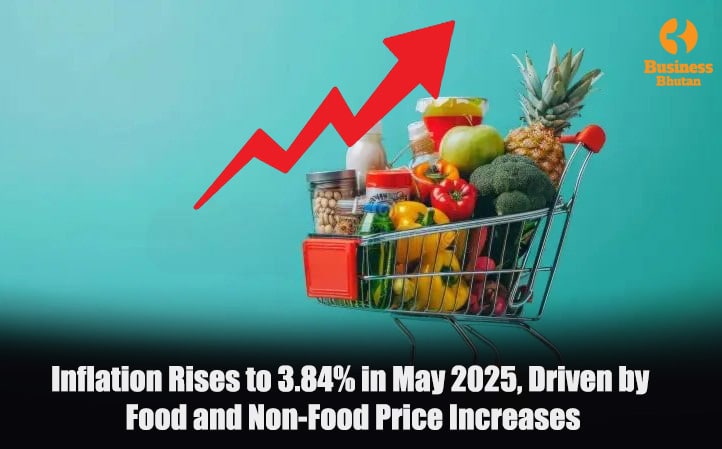
![Fresh Beginnings: Pasakha Vendors Gear Up for New Vegetable Market - Duplicate - [#16963] Fresh Beginnings: Pasakha Vendors Gear Up for New Vegetable Market - Duplicate - [#16963]](https://businessbhutan.bt/wp-content/uploads/2025/11/Asset-200.png)


